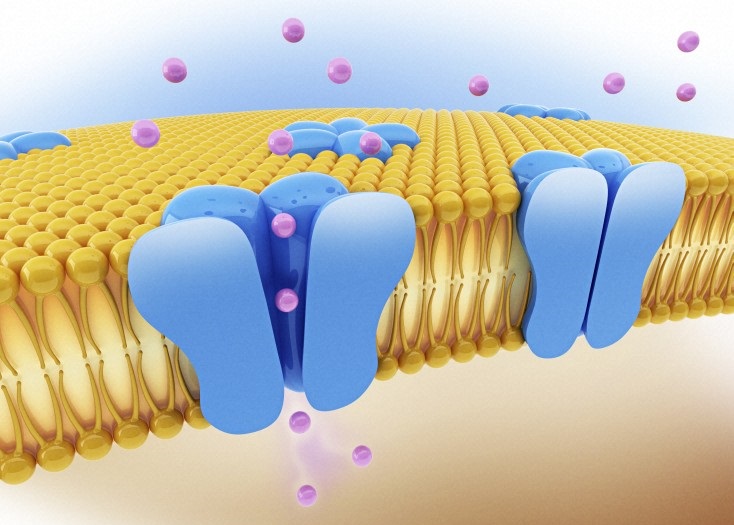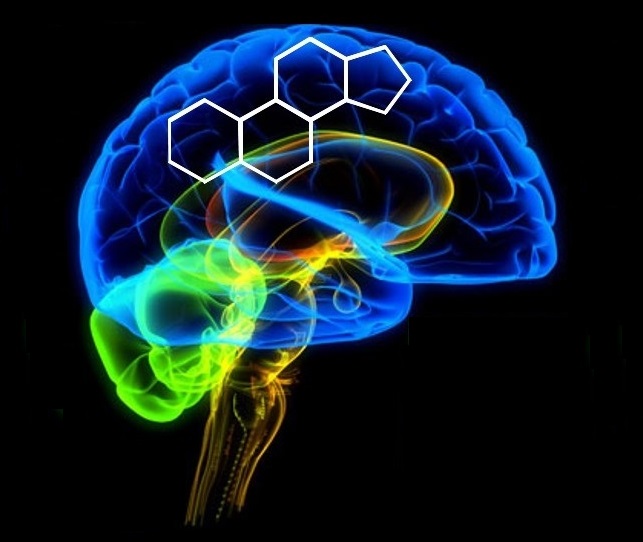OUR SCIENCE
GRX-917 is Deuterated Etifoxine
GABA Therapeutics is developing GRX-917 which is deuterated etifoxine. Etifoxine (Stresam®) is a safe, fast and highly effective anxiety medication which was approved in France in 1979.
Phase 4 clinical studies show etifoxine has superior efficacy to benzodiazepines. And it is non-addictive, with minimal side effects.
GRX-917 has an identical mechanism of action, safety and efficacy profile, but with improved pharmakodynamics. GRX-917 is QD dosing, compared to etifoxine which is TID. The 40 years of clinical use and over 100 studies of etifoxine derisk the development of GRX-917 in generalized anxiety disorder.


Neurosteroids and CNS Disorders
Neurosteroids, like allopregnanolone (ALLO), are natural signaling molecules made in the brain from cholesterol, and are essential for normal brain biochemistry. They can induce potent anxiolytic, antidepressant, anticonvulsant, and analgesic effects, mainly through interaction with the GABA channel, the main inhibitory system in the brain.
In addition to these psychopharmacological effects, neurosteroids also demonstrate neuroprotective, neurotrophic, and anti-inflammatory effects in several animal models of neurodegenerative diseases, mainly by shutting down overactive immnune cells. Chronic activation of the brain’s resident immune cells results in neuroinflammation, a common feature of many neurodegenerative diseases which is implicated in their onset and progression.
Altered levels of neurosteroids such as ALLO have been measured in many neuropsychiatric and neurological disorders (anxiety, depression, post-partum, post-traumatic stress disorder, schizophrenia, alcohol dependence, epilespsy, Alzheimer’s disease, Parkinson’s disease, multiple sclerosis, Niemann-Pick type C disease, diabetic neuropathy, traumatic brain injury, stroke and retinal degenerative disorders) both in humans and animal models.
Both preclinical and clinical studies demonstrate a therapeutic potential for neuroactive steroids to both alleviate symptomology, and/or modify the disease state in a variety of CNS disorders.
A Better Therapeutic Approach
The human brain is a complex network of billions of interconnected cells, organized in many networks communicating with one another. Some CNS disorders arise from dysregulation in the modulation of these networks, either by altered levels of signaling molecules like neurosteroids or the receptors they target.
Boosting the brain’s natural production of neurosteroids to restore normal neurosteroid tone represents a better therapeutic approach for the treatment of these complex CNS disorders.
Drugs that naturally enhance the brain’s concentration of neurosteroids produce a full spectrum of pharmacological actions, unlike drugs acting as synthetic versions of natural neurotransmitters, only targeting specific receptors. This approach also preserves the spatial and temporal nature of neurotransmission, and produces less side effects, because the brain controls, with exquisite precision, what, where and when neurosteroids are being produced, unlike drugs that are given exogenously.

